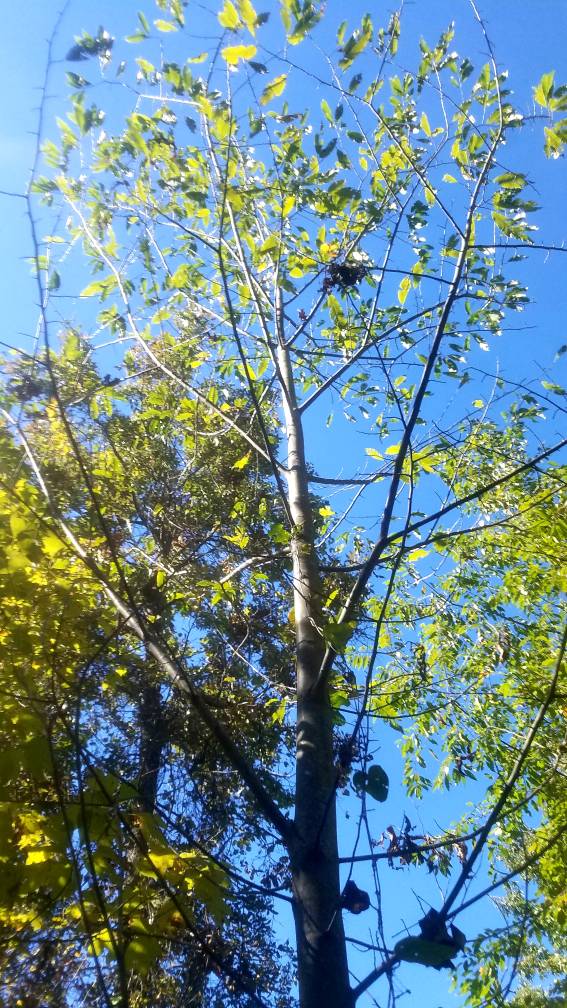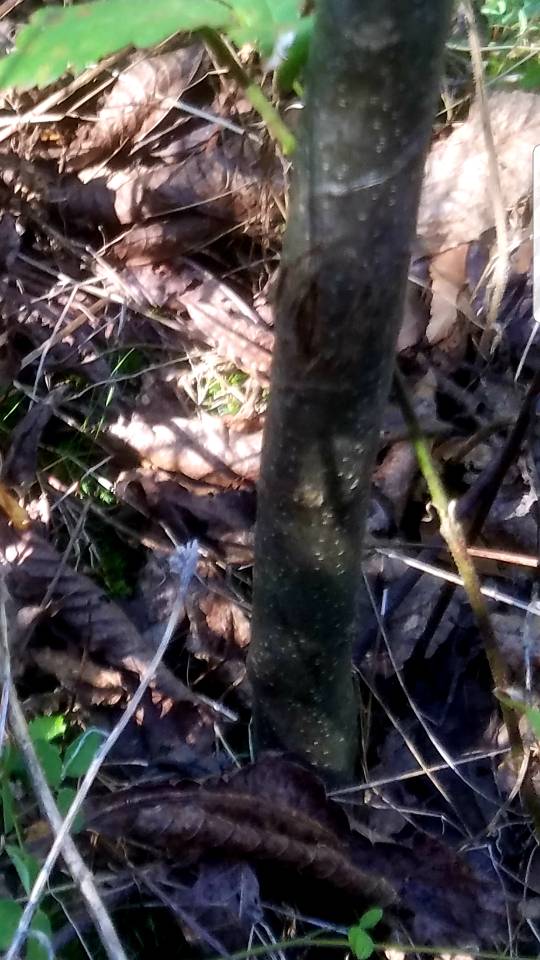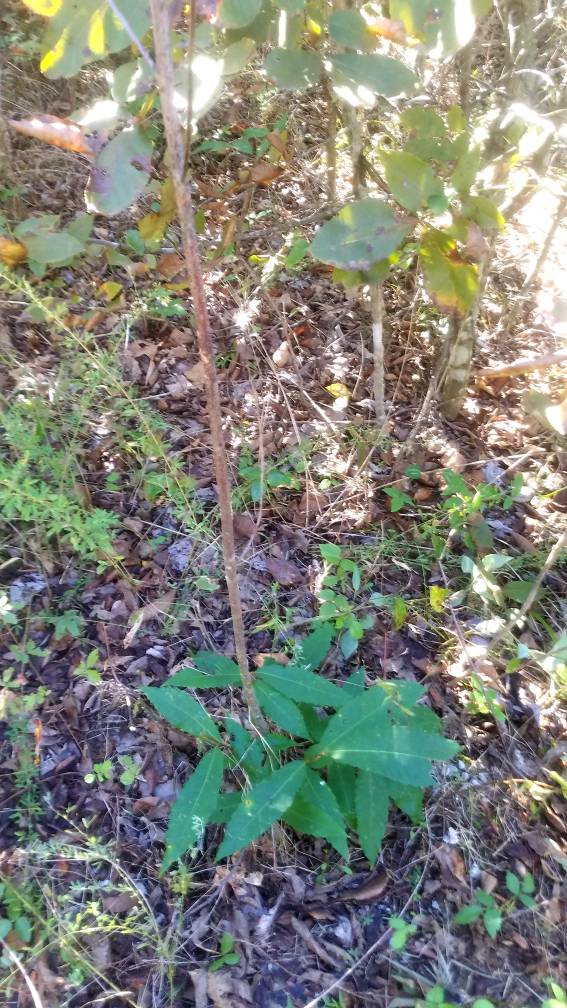shedder
Active Member
Will the ACCF let you collect scions or is that restricted?
Lucille Griffin
allaccf@gmail.com
is the contact
Will the ACCF let you collect scions or is that restricted?
One note of caution ... the chestnut blight can be transferred to oak trees (they are susceptible); consequently, if one has a lot of oak trees on his/her property you might want to plant Chinese chestnuts or the very popular Dunstan variety in order to ensure you don't put your oaks at risk. I admire those of you who are helping to attempt to create a blight-resistant American chestnut; however; I have too many oak trees to plant American chestnuts at this time. If your property has no oaks - and you don't expect to plant any in the future - then by all means plant American chestnuts and enjoy your efforts. Good luck!
ltg .... others
Probably one of the best discussions of chestnut blight can be reviewed at the site - "ChestnutBlightatMissouriBotanicalGardens" Google that phrase and you should get a very informative discussion of the history/characteristics of American chestnuts, including a discussion of the chestnut blight. They will tell you what other species - including white oak trees - can contract the chestnut blight (which is distinct from oak wilt). Hope it helps everyone's understanding so they can make informed decisions about growing American chestnut trees.
Scarlet oak is hit the worst and can be killed if I remember correctly.
Only a very small % of the Restoration 1.0 trees will have good blight resistance, and even those trees will be less resistant than the Chinese.Many people don't know this but even the Restoration 1.0 American Chestnut which is "blight resistant" will still get it, it just won't die from it... Hopefully!
For the latest information on a blight resistant American chestnut go to these links. This tree developed by SUNY-ESF in Syracuse, with the support of TACF-NY is more blight resistant than the Chinese and is 99.997% pure American. Anyone wanting to help us restore the American chestnut contact me. fajknichols.75@gmail.comMany people don't know this but even the Restoration 1.0 American Chestnut which is "blight resistant" will still get it, it just won't die from it... Hopefully!
The OXO wheat gene that SUNY-ESF used to make the blight resistant American chestnut will also work to make the chinquapins blight resistant. As soon as we have gotten through the government approval process for the American chestnut, which costs about $300,000/year, the Alleghany and Ozark chinquapins are next on the list.The blight would make it here regardless then (if not already). It has to be in the oaks all across the eastern us and there is nothing but air and opportunity for it to keep spreading west with all the oak trees from KS to VA for instance.
Merle is right also, the Asian trees carry it, they just do not die from it in most instances. The blight is here to stay till some biological action suppresses it.
It already killed off most of the ozark chinquapin in Arkansas so it's surely in the oaks there also in the ozarks.
Sent from my iPhone using Deer Hunter Forum
I direct seeded 15 American Chestnut from the American Chestnut Cooperators' Foundation, last fall. I planted them last fall in a new clearcut. I didn't expect much since some 100 white, bur, shumard , chinkapin, red, black, swamp white oaks I planted are being hammered by voles. I started looking at the ACCF sites and was astonished that 90% were likely up. Why they are doing so well vs the oaks is opposite to what I expected. I don't expect it to last though. Voles and winter will likely get them yet.
https://goo.gl/photos/Zb3ZTDNKqaeG619A6
Pix of them. Some are small some are big.






